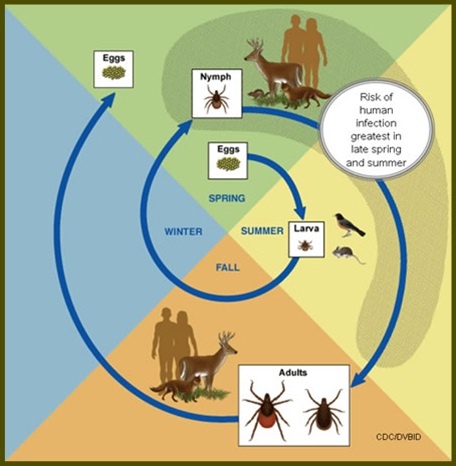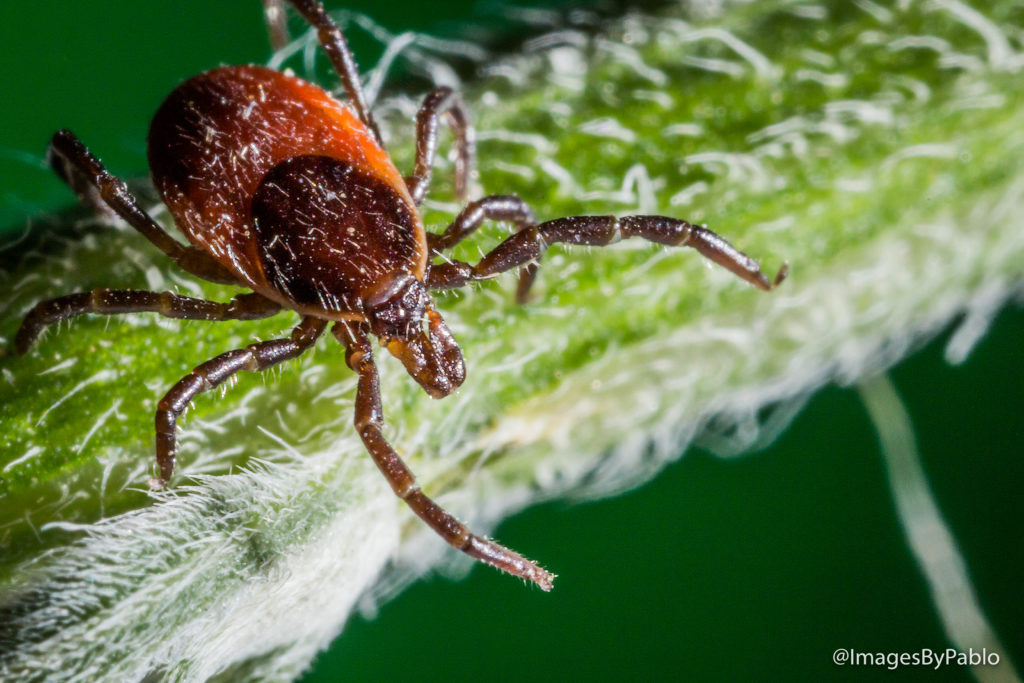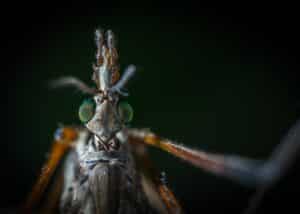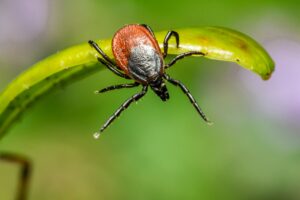Ticks can spread several diseases across the world that can impact all forms of life. There are a lot of misconceptions and myths about ticks because of how widely they are feared. Here are 5 common misconceptions about ticks.
- The ticks that you need to worry about are only active in the warmer months, like in the late spring and summer
- If you are bit by a tick, throw it away, you will not need it later
- If a tick bites you and it is a carrier of Lyme Disease, you will get the bullseye rash
- The only ticks you need to worry about are deer ticks
- Ticks will fall from trees or jump on you
1. The ticks that you need to worry about are only active in the warmer months, like the late spring and summer
While it may be easier to recognize ticks in the warmer months, they do not simply vanish after the summer, they are still present but may not be what you are expecting. During the warmer months, ticks are more easily recognized because more people are outside and are aware of their possible presence. When most people worry about encountering a tick, they are thinking of the adult form, which is only one of the life stages they may encounter. There are various life stages a tick will go through. A tick’s life-cycle includes; eggs, larvae, nymphs, and adults.

These different stages vary in seasonality, size, and disease transmission. A big difference between these life stages is size. Ticks can be as small as a poppy seed and as big as sesame seed (when unfed). Different life stages (larvae, nymphs, adults) of ticks may be more active at a given point in the year than another. Ticks are typically active from early spring to late fall and can be active on warm winter days. The activity of ticks depends on location and the species. Additionally, disease transmission will also depend on the life stage of ticks. Nymph and adult ticks have the potential to transmit disease while larval ticks do not. To reduce the chance of encountering a tick, use EPA registered insect repellent on yourself, your clothing, and gear. When coming in from the outdoors do a thorough tick check on yourself, clothing, and gear to make sure you do not become their next meal.
2. If you are bit by a tick, throw it away, you will not need it later
If you should unfortunately be bit by a tick, once you remove the tick, do NOT throw it away. Ticks can transfer a plethora of disease such as Lyme disease, Anaplasmosis, Babesiosis, Powassan virus, and more. These tick-borne diseases are becoming more difficult to diagnosis since they have very general symptoms. Additionally between some tick diseases, the symptoms are nearly identical. By saving a tick that bit you, you are preserving that potential reservoir for future laboratory analysis. Your physician can have the tick tested for disease in the future if a warrant arises. To preserve a tick place it in a container, bag, etc., and then place in the freezer.

3. If a tick bites you and it is a carrier of Lyme disease, you will develop the bullseye rash
A common misconception about ticks and Lyme disease is that you will always develop a bullseye rash. This is not always the case. The Center for Disease Control and Prevention (CDC) reports that 70-80% of infected individuals will develop erythema migrans, the medical term for the bullseye rash. Since a bullseye rash is not always present, it is important to become familiar with other signs and symptoms of Lyme disease. Fevers, chills, headaches, and joint and muscle aches are among some of the other symptoms of Lyme disease. If you believe you have contracted Lyme disease, talk to your doctor. The CDC estimates that around 300,000 people are diagnosed with Lyme disease each year but it is important to remember some cases go undiagnosed. Lyme disease is caused by the bacteria Borrelia burgdorferi and can be spread to humans from the bite of a black legged tick, also called the deer tick, (Ixodes scapularis) or from the western black legged tick (Ixodes pacificus) depending on your region. For more information on Lyme Disease, check the CDC page regarding Lyme Disease here.
4. The only ticks you need to worry about are Deer ticks
While deer ticks are certainly well known for their ability to spread Lyme disease, they are not the only tick that can transmit diseases. According to the CDC, tick borne diseases have been on the rise throughout the last few years. Anaplasmosis, Rocky Mountain spotted fever, babesiosis, and Powassan virus are just some tick borne diseases. The susceptibility to acquire these diseases depend on your geographic region in addition to the ticks present in your area. Some of the most encountered ticks across the country include; the lone star tick (Amblyomma americanum), the American dog tick (Dermacentor variabilis), and the brown dog tick (Rhipicephalus sanguineus). Disease transmission can also vary based upon the arrival of new tick species. This can be seen with the arrival of the Asian Longhorn Tick (Haemaphysalis longicornis) back in 2017. Researchers are still looking into what diseases the Asian Longhorn Tick may be able to spread. When outdoors, make yourself familiar with the ticks in your area. For more information about tick borne diseases, check the CDC page regarding ticks here.
5. Ticks will fall from trees or jump on you
While worrying about encountering a tick is completely reasonable, you will never have to worry about a tick jumping on you or falling from a tree. Instead, ticks do something called ‘questing’. Questing is when a tick climbs vegetation and waits with both of their front legs extended to latch on to whatever passes by. Once the tick latches on to something, it will begin to look for an appropriate place to engorge itself. For example, if a tick latched on to a person walking by, it will begin to look for an opening in the clothing and then find a suitable spot to engorge itself. Tick questing heights can vary based on life stages, larvae tend to quest at lower heights than nymphs and adults. You can avoid encountering ticks by using EPA registered insect repellents on yourself, clothing, and gear.
Conclusion:
When it comes to ticks what you don’t know can be very bad. I hope these 5 corrections to common tick myths will help you have a tick-free year. I also hope your new tick knowledge will help you be the life of your next tick inspired dinner conversation.
Are you seeing more ticks now than you used to when you were a kid? Let us know in the comments below.






